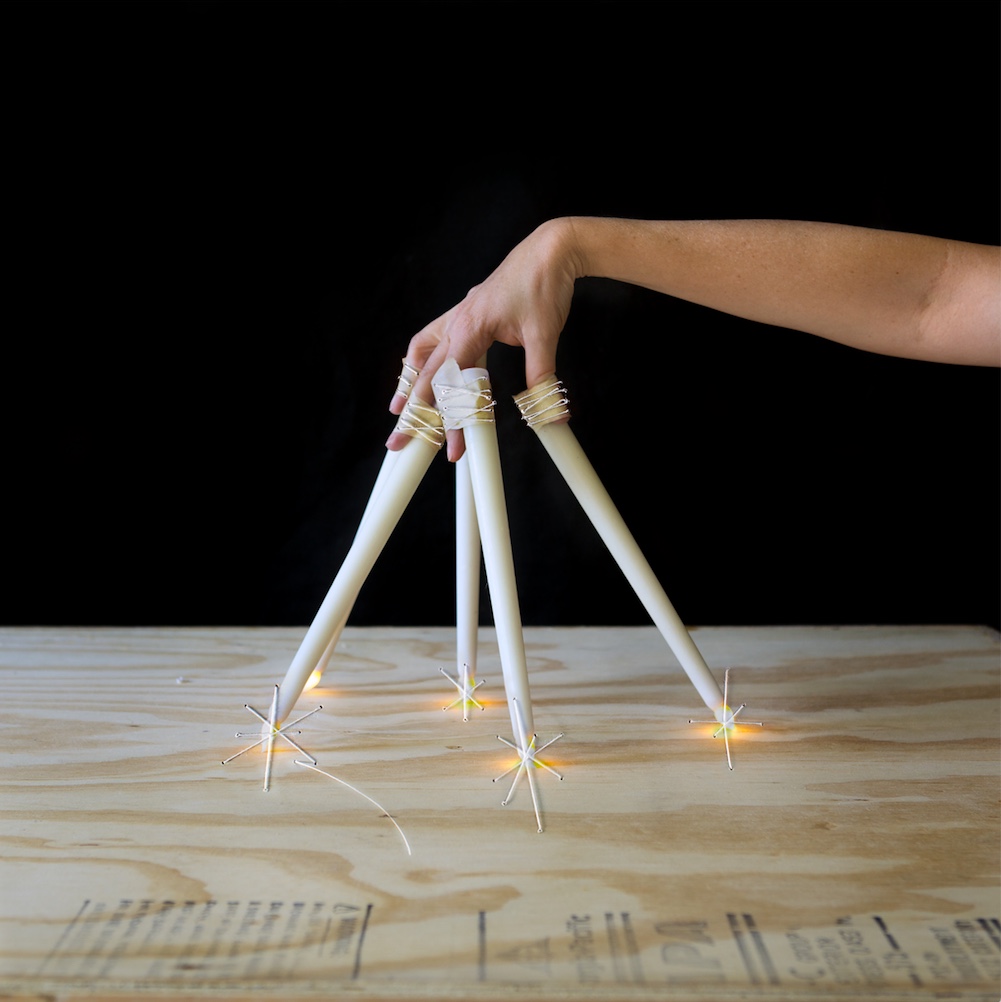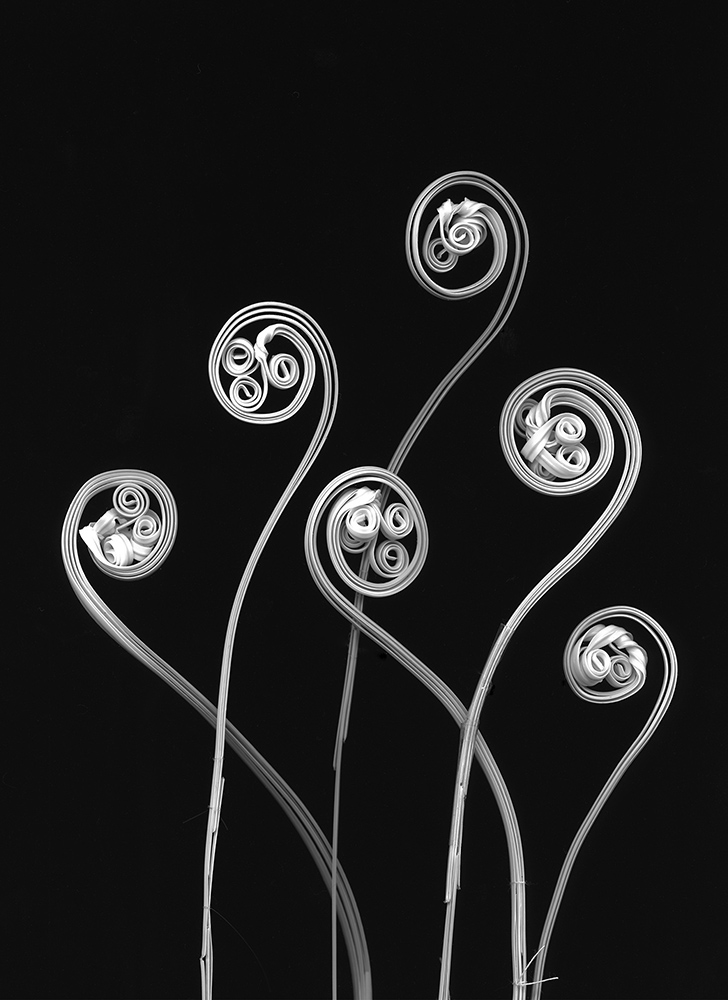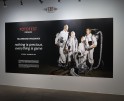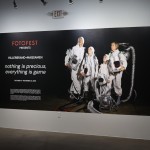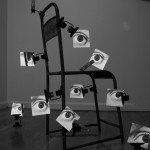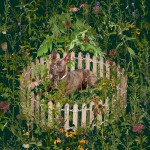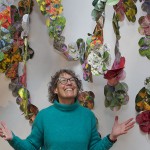Frazier King: The Collector’s Eye
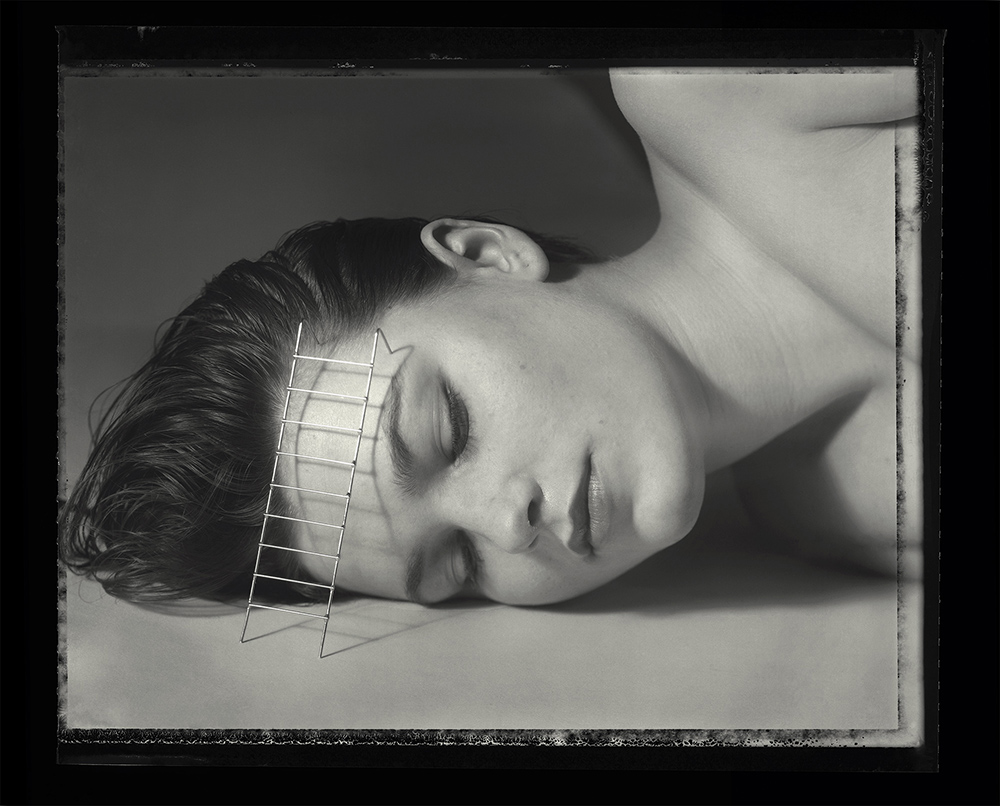
©Pavel Baňka Ladder, 1986 from the Figuration series, Archival Pigment Print 12” x 14 ¾” Frazier King The Collector’s Eye – A Photographer’s View of His Contemporaries Published by Schilt Publishing
It’s always fascinating to peek into the flat files and onto the walls of photography collectors. And even more interesting, is to examine the compilations made by collectors who are photographers themselves. Frazier King, lawyer-turned-photographer, 15-year board member of the Houston Center for Photography, and avid photography collector is releasing a book based on his collection, The Collector’s Eye – A Photographer’s View of His Contemporaries, published by Schilt Publishing, with the support of FotoFest. The book includes a foreword by Steven Evans, Executive Director of FotoFest. Frazier will be signing books on March 10 at noon at FotoFest’s, A Meeting Place and will have a conversation with Wendy Watriss and Elaine Duigenan. He will also be signing books at the Open Portfolio Nights on March 8, 15 and 20. The book is also available in stores and online. An interview with Frazier and Erin Miller, Exhibitions and Programs Coordinator of HCP, follows. The interview first appeared in SPOT Magazine.
The Collector’s Eye features “an accidental collection” of an amazing constructed photographs created in the last decades of the 20th century and the first decades of the 21st century. His collection includes prints by Roberto Fernández Ibáñez, Jerry Uelsmann, Diane Ducruet, Milan Fano Blatný, known as Fano, and others, who constructed their photographs in the printing process.
The largest portion of the constructed photographs in King’s collection consists of prints resulting from a construction in front of the camera – Elaine Duigenan, Pavel Baňka, John Chervinsky, and Susan Dunkerley Maguire are just a few, who bring inanimate objects to life, play with scale, use scanners rather than a camera and use unusual materials to physically construct a representation of a particular object or series of objects.

Cover of The Collector’s Eye by Frazier King, Published by Schilt Publishing ©John Chervinsky Continuum I, 2004 from the An Experiment in Perspective series Archival Pigment Print 18” x 23”
Frazier King lives and works in Houston, Texas. He has exhibited widely in the U.S., Europe and South America and is included in a number of significant museum collections. In addition, Mr. King has served the photographic community through his 15 years as a member of the Board of Directors of the Houston Center for Photography. Since the early 2000’s Mr. King has been an avid collector and has spoken about collecting in a variety of venues.
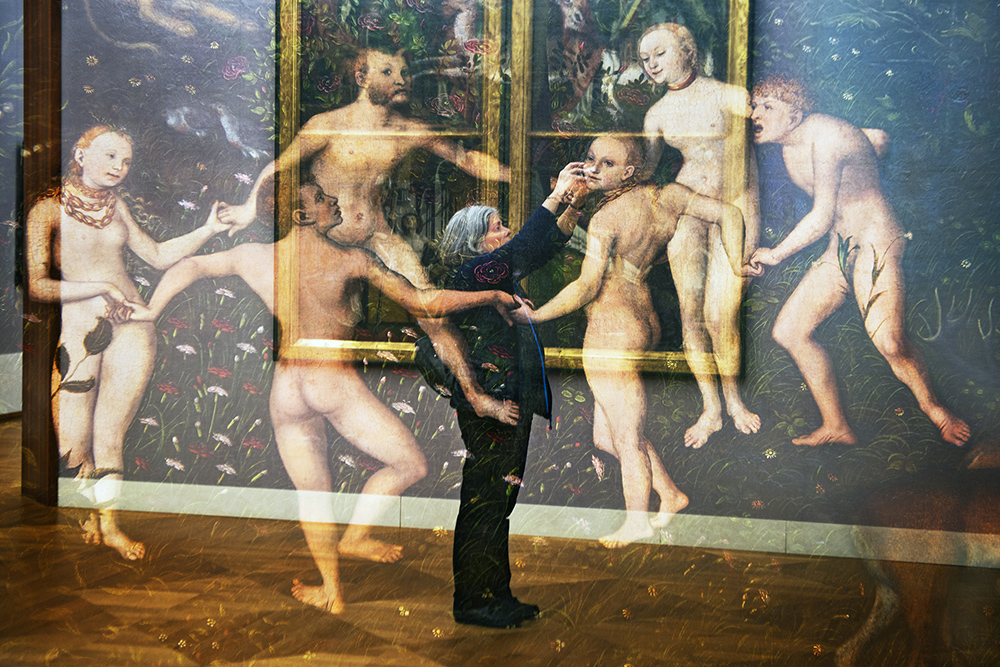
© Andrés Wertheim, Munich #1 (Das Goldene Zeitalter, Lucas Cranach d.Ä., ca 1530 Alte Pinakothek, Munich), 2014 from the Museum’s Ghost series Archival Pigment Print 11 ¾” x 17 ½”, Frazier King The Collector’s Eye – A Photographer’s View of His Contemporaries Published by Schilt Publishing
Collector’s Spotlight: Frazier King
An interview by Erin Miller
As Houston Center for Photography embarks on its Annual Print Auction, which will take place on February 13, 2020, I spoke with Houston-based collector, Frazier King, about his evolving photography collection, its showing in the 2012 FotoFest Collector’s Eye II exhibition, his upcoming book-release, and the constructed image at-large.
Erin Miller: Could you tell me a little bit about when you began collecting work and what drew you to photography in particular?
Frazier King: I was drawn to making photographs before I started collecting. As a child I always photographed on trips, and in school, I was the photographer for my group of friends at parties and other events. When I graduated from law school, I knew I would need some right-brain activity to balance all of the left-brain analysis I would be doing. So, I sold my motorcycle, a 650 cc Bonneville Triumph, and gave the money to my parents. They were going to Japan and they purchased a Nikon F2 and lenses with the proceeds. I worked for an energy agency in Washington, D.C. and used this equipment to photograph on the weekends. A friend from law school had a darkroom with two enlargers and in the evenings during the week, he taught me how to print. This was in the late 1970s and I continued to photograph when I moved to San Antonio, Texas in 1981. There, I traveled to Mexico often and created my first body of work in the early 1990s. I made my next series later in the 90s by using objects collected on my travels to construct surreal still-lifes. While I purchased a few prints in the 90s, my collecting did not begin until 2000. At that point, I was developing a portfolio using orchids, which I raised. I was drawn to the way that some appeared to be fantastic creatures and others reflected human forms. I arranged them to accent one characteristic or the other. In this same timeframe, I saw the work of Susan Dunkerley Maguire (Susan Dunkerley at that time) in a FotoFest exhibition and loved the way she arranged a group of objects to elicit their symbolic values. Her use of objects as symbols was intriguing and I acquired five of her prints over a period of a couple of years. I hung them at home, and they provided both daily enjoyment and inspiration.
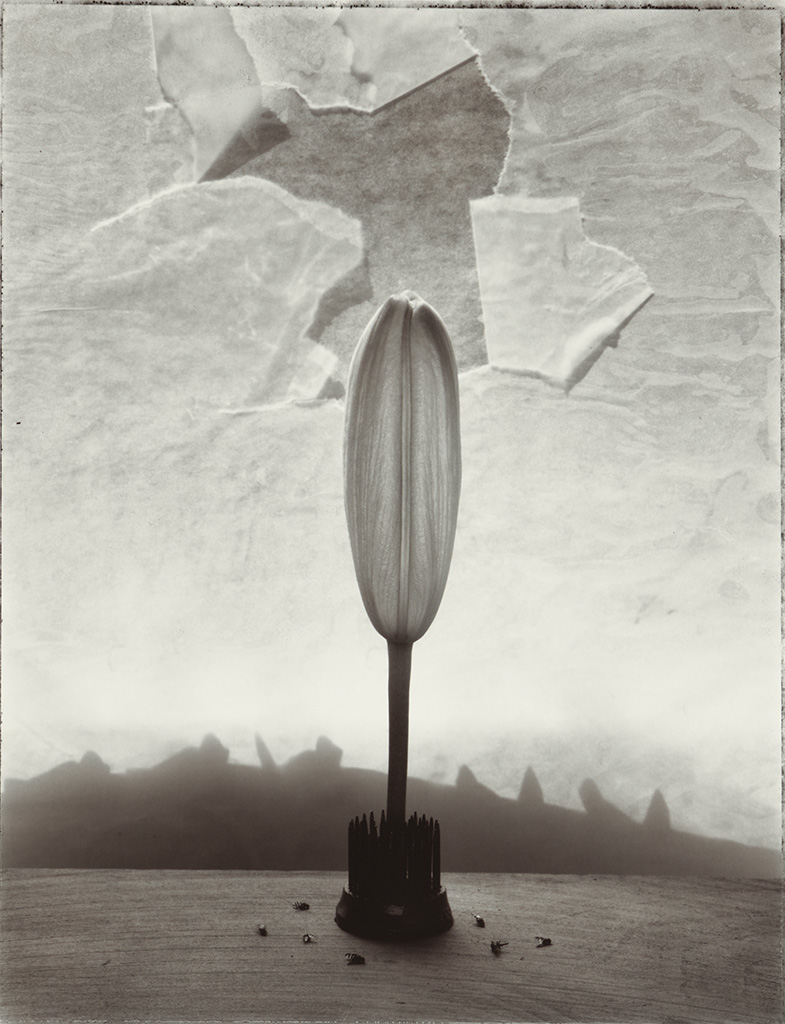
©Susan Dunkerley Maguire, Window Collage with Lily, 1997 from the Window Collages series Toned Gelatin Silver 17” x 13” , Frazier King The Collector’s Eye – A Photographer’s View of His Contemporaries Published by Schilt Publishing
EM: Is there anything in particular that inspires your collection? Is there a theme or themes that have evolved?
FK: I have described my collection as an “accidental collection” because its acquisition process happened without a specific plan. My collecting was guided purely by intuition. However, when I was preparing a statement for an exhibition of my collection it became apparent to me that the largest part of the collection consisted of what I called constructed photographs.

©Pavel Baňka, Frazier King The Collector’s Eye – A Photographer’s View of His Contemporaries Published by Schilt Publishing
EM: Can you describe what you mean by constructed photographs? Of course, there is a long-standing history of the Constructed Image, but this history is constantly changing and evolving. Most of the works featured in the Fall issue of SPOT are considered constructed; however, it is all so different.
FK: In a 1976 essay, A.D. Coleman initially labeled this type of photography directorial photography, where the photographer acts by “intervening in ongoing ‘real’ events or by staging tableaux.” At the time of The Collector’s Eye II exhibition in 2012, I used the term constructed photography (in a not-so-academic or precise way) in the statement to describe the show. My understanding of the term was much broader than Coleman’s definition, in that it included all types of interventions. In my collection, I found several different types. First, I recognized that photographers were intervening in the subject matter in front of the camera in a way Coleman described as directorial. I look at this as creating a mise-en-scène tableau. I also found photographers making changes on the negative or digital file in the camera. Finally, I noticed photographers using the printing process to impose additional modifications to the image.
EM: What is it that interests you about the constructed photograph?
FK: Well, it is not so easy to generalize, because the photographs I have selected are different in many regards. Also, the collecting process started out as a purely intuitive exercise. It has continued to be intuitive even after I identified this proclivity. However, in general, I think that what thrills me about constructed photograph is that there is an intervention of the photographer in a very forthright manner and, if the intervention is intuitive and skillful, it will tell me something about the nature of ourselves or the world in an engaging way. I love an image that gives me an insight or makes a humorous or philosophical comment. I look for an image that resonates with me personally or which allows me to identify (and articulate) particular feelings. In some ways it is like having a conversation with the photographer.
One could argue that all photographs are constructed because the way the device allows a photographer to compose a scene including some things and eliminating other things. But, what I am speaking about is an intervention on top of this—something that adds particular content—and something that emanates from a particular photographer.
EM: There is one image in particular that I am curious about—the John Chervinsky image. Time is a curious thing within a constructed image. More specifically, how time is represented and how that differs from a more straight-forward, documentary photograph. Photography in general has a direct relationship to time; however, it is never telling the absolute truth. This particular image seems both straight-forward and constructed, a recording of this object moving in space. What drew you to this image?

©John Chervinsky, In Motion… At Rest, 2005 from the An Experiment in Perspective series Archival Pigment Print 12 ¾” x 10”, Frazier King The Collector’s Eye – A Photographer’s View of His Contemporaries Published by Schilt Publishing
FK: I was drawn to the way that Chervinsky constructed a situation to present the conundrum expressed in the title: In Motion . . . At Rest. The image shows what seems impossible: an object in both states. As a physicist, John understood the importance of these two states. As an accomplished photographer, he understood the ability of a camera to depict both. However, it was his inventive construction that resulted in a depiction of both states at the same time. When I spoke with him at the 2008 FotoFest Meeting Place, he explained that the image was created by two exposures; one with a long exposure allowing a recording of time and movement, and another with a very short exposure and a flash used when the ball was still. Because of his playful intervention he created a visual riddle and had a little fun with the viewer.
EM: There seems to be quite the cross-over between the still life and the constructed image. One piece that not only stands out to me but also embraces this cross-over is the Sian Bonnel image from the Glowing series. How do you consider this particular image to be constructed?
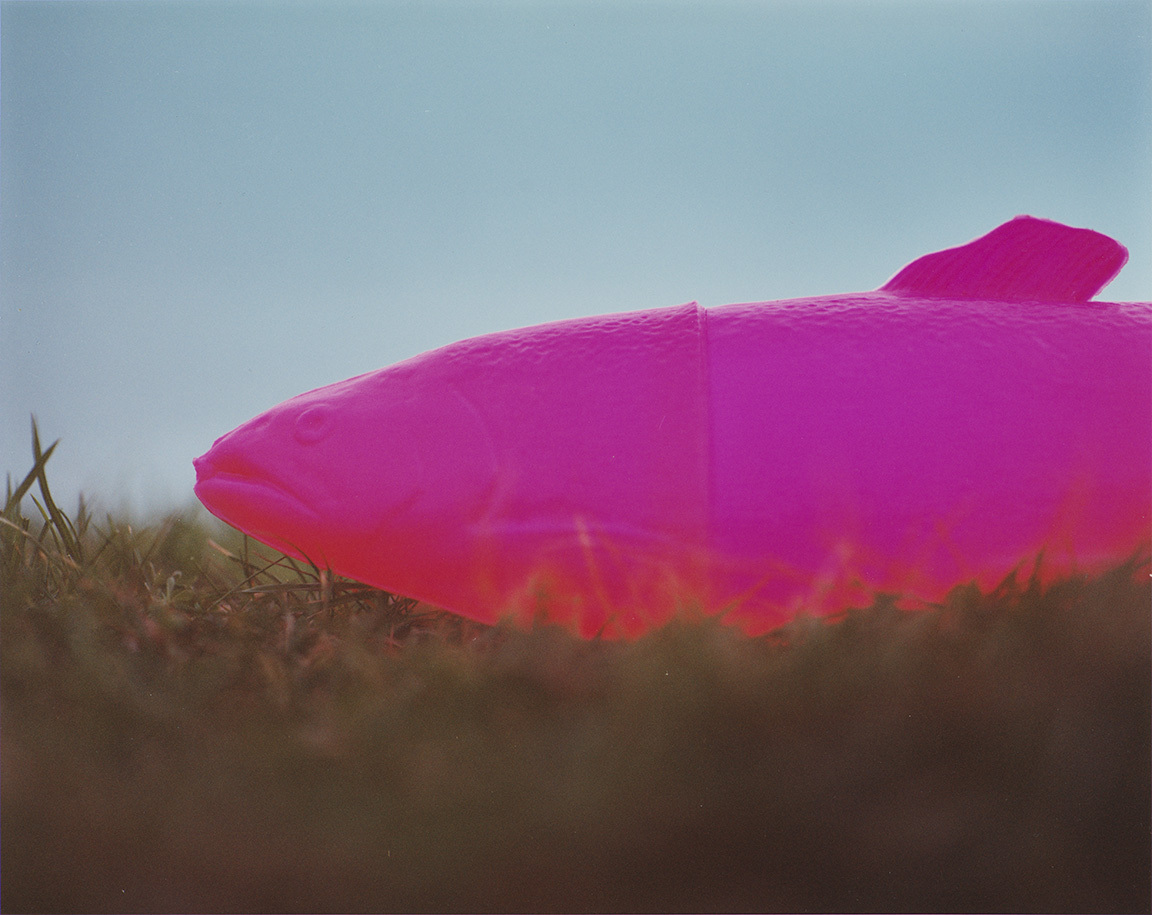
©Sian Bonnell, Glowing #33, 2003 from the Glowing series Archival Pigment Print 9” x 11 ½”, Frazier King The Collector’s Eye – A Photographer’s View of His Contemporaries Published by Schilt Publishing
FK: Here, Bonnel uses a low angle of view, shot close-up and includes only part of the toy salmon (a child’s pencil box) to make one feel that the image is a close up of a real salmon swimming under water. She positions the salmon in grass with a blue background to enhance this feeling. So, I would say that she has constructed the scene and used the camera to transform the toy into something closer to reality.
EM: I understand that your collection was exhibited by FotoFest in the 2012. Can you tell us more about the show and about how the exhibition came to be?
FK: Yes. It all started when Wendy Watriss discovered my collection at a party at my house after an opening at Houston Center for Photography (of which I was a board member at the time). I was somewhat surprised that she considered the prints hanging on my walls to be a collection. When we pulled everything out from under my bed, I found that I had about ninety photographic prints. She made a selection of sixty-six prints, including three that I had made. The exhibition took place in 2012 was named Collector’s Eye II and was in the old FotoFest headquarters in an old warehouse on Vine Street.
EM: You mention that a few of your own pieces were included in the Collector’s Eye II exhibition. Can you talk about these three works and about your practice? Are you still taking photographs?
FK: In planning the exhibition, Watriss asked to see my own work. From that work she selected three prints to show. She told me that this was to illustrate the connection between the prints that I collect and the work that I make. I think it is easy to see the connection. But, even if I was not making images, I think I would have collected the same prints. Both activities spring from the same source, the same imagination.
Two of the three are from my Tableau Portfolio. In this series, I used the low, melancholy light of the afternoon winter sun to illuminate the objects collected on my travels. In selecting and placing them, I did not follow a formula, but used only my photographic instinct and aesthetic sensibility. In Untitled #2 the late afternoon sun creates a strong downward-pointing shadow of the articulated hand which points upwards. I was careful to create the feeling of an environment by including a distinct horizon line and situated the table to create a kind of shimmering surface that might be read as either a body of water or grain waiving on a very level plain. I paid attention to the qualities of the object, the shadow, and the table surface and constructed what was for me an interior environment. In Untitled #4 I used the same late-day sunlight to connect two crystal balls through a shadow that touches both spheres. In this series I explored the theme of duality.
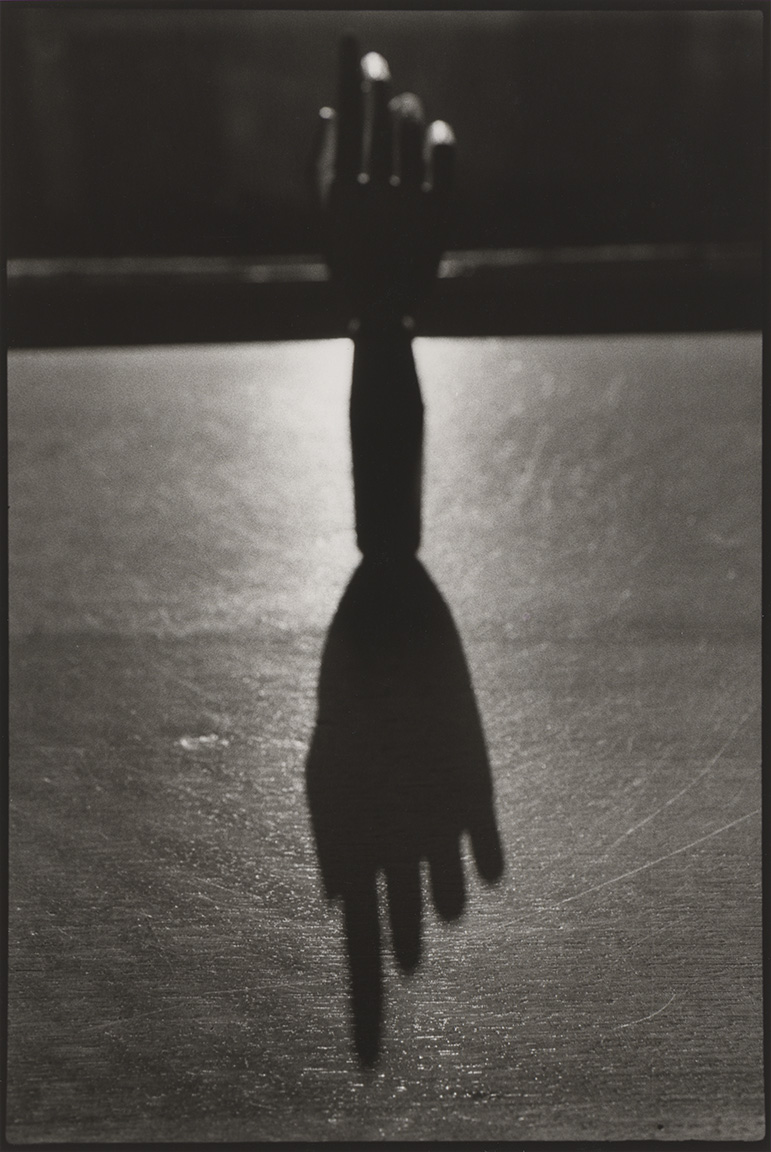
©Frazier King, Untitled II, The Collector’s Eye – A Photographer’s View of His Contemporaries Published by Schilt Publishing
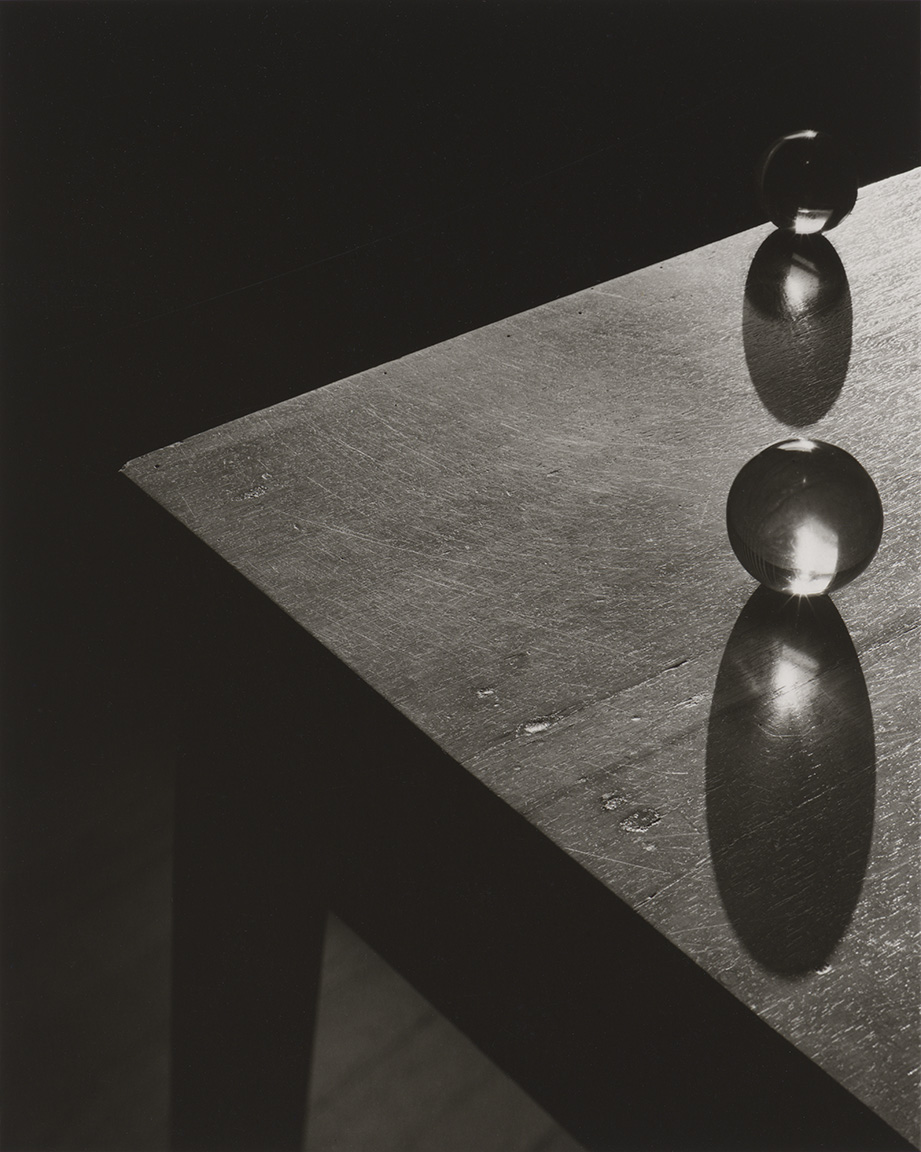
©Frazier King, Untitled IV, The Collector’s Eye – A Photographer’s View of His Contemporaries Published by Schilt Publishing
Also included in the exhibition was Phalaenopsis Redfan ‘Garzia’ (Negative No. 9) from my Orchidaceae series. This is my third major body of work, which I commenced in January 2000. I used the solarizing process (also called Sabatier process) on a 4 x 5 Polaroid negative to create an atmospheric effect through the mottling that occurred. In addition, I used the Mackie Line resulting from the solarization process (named for the individual who first described the effect) to outline the orchid, making it appear like a pencil sketch. These two impressions help to construct a kind of imaginary environment. The goal was to create an image that would be open for each viewer to imagine his or her own story.
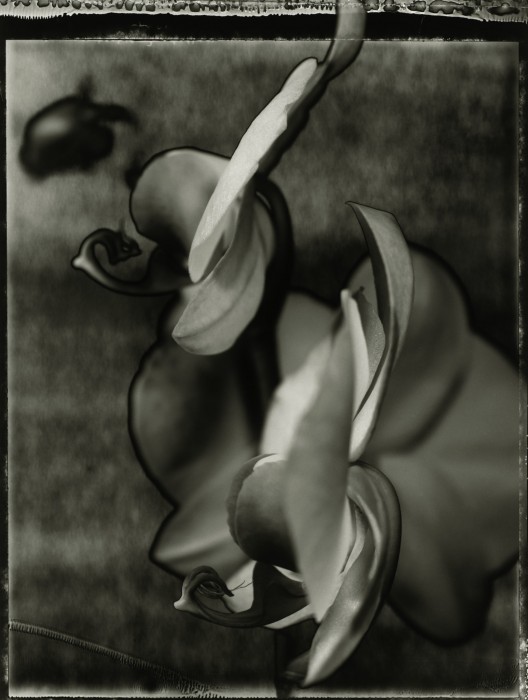
©Frazier King, Phalaenopsis Redfan Grazia,he Collector’s Eye – A Photographer’s View of His Contemporaries Published by Schilt Publishing
I am still working and focus on the symbolic quality of objects. One series examines quality of objects that different individuals collect, not necessarily with the idea of creating a collection but just as a coincidental part of their daily lives. Another ongoing effort takes the Tableau series another step forward. I am also examining several ideas relating to perspective and illumination.
EM: I notice that this was the second such exhibition at FotoFest. Was that a series of exhibitions and, if so, what was the general intent or goal?
FK: There have been three Collector’s Eye exhibitions so far. My understanding of the goal of these exhibitions is to recognize the collecting process and to highlight particular collections to educate the public and to support the collector and the photographers in the collection. Over the years, FotoFest has tried to involve as many as possible of the different segments of the photographic community. I also see it as a way to show how a collection can be built.
EM: You mentioned to me that you are working on a book to be published soon which highlights your collection. How did this idea come about?
FK: At the time of Collector’s Eye II my intention was to produce a catalog of the exhibition. I intended to show all of the prints that Watriss had selected. However, I was working and did not have the time to do that. Now that I have retired, I have the time. However, since it has been a number of years since the exhibition, a catalog no longer seems relevant. Therefore, I decided to focus on the most important type of image for me: the constructed photograph. This is the type of photography that is the most compelling for me. Also, it closely relates to my own work. Just as was done by other photographers in my collection I intervened in two of my series and set up the scene. In addition, I use the photographic process to add to aesthetic qualities and content to the images. Therefore, this type of photography both resonates with me and reinforces my practice. The book is a joint project with FotoFest and Schilt Publishing and the goal is to have the book available in time for the FotoFest Meeting Place in March 2020.
EM: Lastly, who are some photographers that you have your eye on? Anyone that we should be paying attention to?
FK: There are several photographers in my collection who are working on new bodies of work that I am waiting to see. One is Elaine Duigenan. I have collected work from four different series. I understand that she has several new series under way. I would watch for those. Roberto Fernández Ibáñez also continues to be prolific. I have spoken with him recently and he indicates that there are several new series in the works. Hillerbrand + Magsamen continue to make work that address family and the human condition. Their Devices Project was of special interest to me and I see more work like this coming from them. I also recommend a photographer who I met at FotoFest Meeting Place in 2018: Max Kellenberger. His Gravity series explores the laws of physics in an inventive and playful way. His Geometry series exploits the analog photographic process to great aesthetic effect. Alison Rossiter also explores the analog photographic process in her Expired Papers series. Meghann Riepenhoff also uses photographic paper in her work. She exposes it to the different weather conditions to make statements about the environment.
Posts on Lenscratch may not be reproduced without the permission of the Lenscratch staff and the photographer.
Recommended
-
Ricardo Miguel Hernández: When the memory turns to dust and Beyond PainNovember 28th, 2025
-
Pamela Landau Connolly: Columbus DriveNovember 26th, 2025
-
Interview with Maja Daniels: Gertrud, Natural Phenomena, and Alternative TimelinesNovember 16th, 2025
-
Robert Rauschenberg at Gemini G.E.LOctober 18th, 2025
-
Hillerbrand+Magsamen: nothing is precious, everything is gameOctober 12th, 2025

